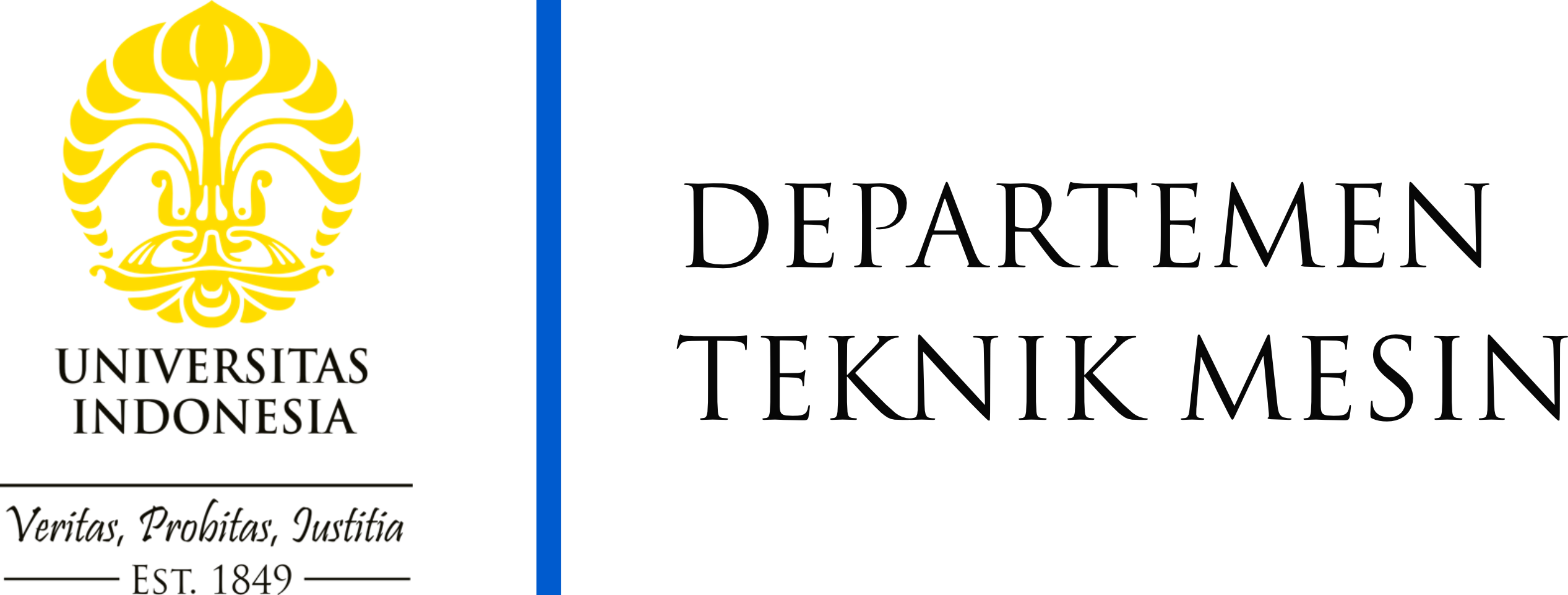gunawan_kapal@eng.ui.ac.id
2010 – Naval Architecture and Marine Engineering, Universitas Indonesia
2012 – Naval Architecture and Marine Engineering, Universitas Indonesia
2019 – Naval Architecture and Ocean Engineering, Hiroshima University, Japan

When applied to mass production processes, modularization principles are very powerful since they save time and their results are similar.
This study aimed to optimize the piping system in the manufacturing of a vessel. The current vessel manufacturing work system still takes a very long time. By employing a modularization system, we expect to save both costs and time in the production of a vessel in terms of the work, design, and construction processes.
In vessel manufacturing, optimization has become a new focus of studies on sailing vessel engineering in many developed countries such as Japan (in Hiroshima). They focus on those costly vessel parts. When building a sailing vessel, we are required to pay attention to its most expensive cost like the engine room meanwhile other remaining sections in the cargo hold and so on only account for fewer than 50% of the costs. Iin fact, they only account for 5-10% of the costs of the entire vessel body. Optimization is intended as an effort to reduce various costs ranging from the product design stage to the product development stage without compromising the quality of the vessel. To achieve it, we employed a piping system methodology, such as the engine rooms having a complicated piping installation system due to the various sizes of the pipes.
The basis that we employed was modularization, so there was no need for us to design parts from scratch. The idea was inspired by an automotive factory where they employed a modularization principle consisting of a library of modules. Therefore, if you want to manufacture a new product, all you have to do is to set the modules’ combination.
By employing this method, that automotive industry can shorten the duration of its car production by several months. The modularization method employed by grouping the components used in building the engine room is divided into the common parts (mandatory components) and the optional parts (optional components), both of which are processed into a single module unit.
Learning from this success, we applied the same technique when building the engine room of a sailing vessel. We made the pipe installation system easier since it was based on the modules. Its application would be tested in commercial and large-capacity commercial vessels such as tankers, coal carriers, and flour carriers.
One of the benefits of modularization is that it is possible to build hulls for ships, rooms, and systems simultaneously. The modularization method requires high quality control. Therefore, when building a system in the engine room, we have to ensure that all modulations must be appropriate, precise, and proper with a very low margin of error. Without a similar design, even if there are identical sailing vessels to be built, the designers will still have to start making each design from scratch, and it will create risks of a high margin of error that may result in more significant expenses and costs.
The development of a computerized module system has dramatically helped the manufacturer with time efficiency and cost savings in manufacturing a sailing vessel. The computerized program was created to help the users create the modules faster and more optimally. With genetic algorithms, the users simply need to input the software with how many components will be installed in the engine room completed with the connection. The main components, choices, and layouts will be calculated with the computer.Another ongoing innovation is the pipe routing set with the new Pipe Routing Optimization program based on the shortest/lowest search algorithm.
